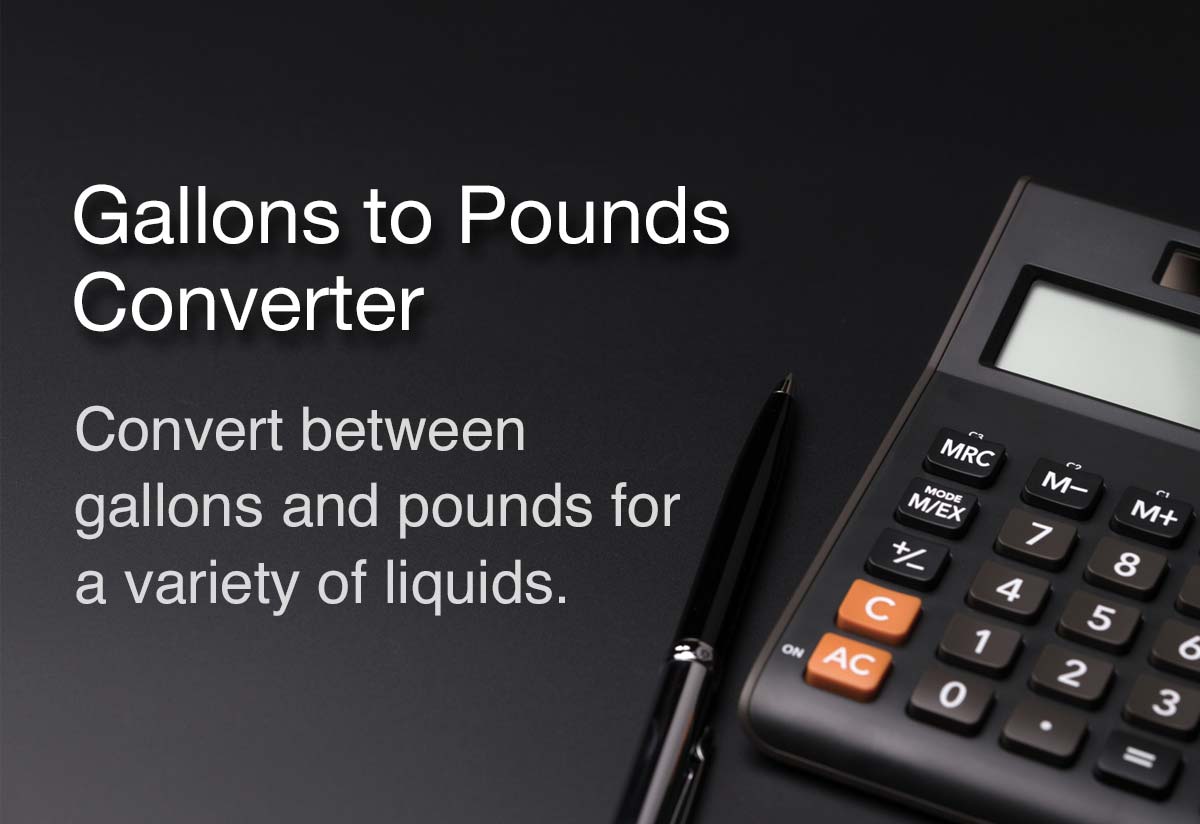

Number of sprinkler heads x the flow capacity per head (e.g., 2. Therefore, our booster pump flow rate shall be a minimum of 56. 20-35 gallons per employee per day for domestic demands (not including kitchens) in commercial/industrial settings Savings of 25-35 percent in this domestic usage are readily achievable Irrigation Usage. We find that we need 56.8 GPM (215 L/min) of water to feed this building. so, Roof tank capacity of Building (A) 20000 Gallons.

Since 1 GPM = 3.785 L/m, therefore 56.8 GPM = 215 L/m Total water consumption for one day will stored at roof tanks of Building (A). Using table B.5.4 for converting demand in WSFU to GPM.ġ59 WSFU = 56.8 GPM. Thus, a flush valve toilet will require a much higher minimum pressure.Ī pipe that feeds predominantly flush valve type fixtures will have a greater volumetric flow rate requirement than a pipe that feeds predominantly tank type fixtures. A flush valve type toilet does not have a tank to provide the pressure to force the waste into the waste system. For many older collection systems infiltration can be quite substantial, and has been calculated as high as fifty percent of the flow. An annual I&I volume of 150 million gallons would cost between 300,000 and 750,000 per year to transport and treat. A flush valve toilet is used in these situations. Wastewater collection and treatment cost can range from 2 to 5 per thousand gallons.

However, in a public space with frequent use, this fill time is not acceptable. At a residence or where there is infrequent use, this fill time is acceptable. The fill time is typically around 20 seconds. After a tank toilet is flushed, a fill line is used to fill up the tank. A tank type toilet uses the tank fluid elevation to forcefully flush the toilet waste through the waste system. Tank: This distinction is common of toilets. The conversion from WSFU to GPM will depend on whether or not the connected fixtures are predominantly flush valve type or tank type.įlush Valve vs. This volumetric flow rate will help to determine the pressure drop and fluid velocity within the pipe in the next and final step. The next step is to convert the WSFU value to gallons per minute (GPM). Step 2: Converting demand in WSFU to GPM (Gallons per minute) And using table B.5.2, we have following table: The piping layout determines the amount of each fixture type that is fed by each pipe.Ĭonsider a building design with the following fixture quantities.
#Gallons per day engineering calculator code
The plumbing code establishes the WSFU value for each fixture type. The water supply fixtures units (WSFU) fed by a pipe is determined by the number of each plumbing fixture that is connected to the pipe and the governing plumbing code. Using tables B.5.2 from NSPC code, we summaries the WSFU design data for each fixtures used. The branch line would only use the hot water value. For example, a main line may serve the both cold and hot water, but then a branch line may go to the hot water heater. If a plumbing line serves only the cold water side of a fixture, then the corresponding value should be used. The water supply fixture units are distinguished between cold, hot or both. The public water closet has a higher usage frequency, which increases the WSFU value. Even though the water closet (tank) is the same as the private water closet and uses the same amount of water, a public water closet has a higher WSFU value. A public water closet has a WSFU value of 5.0. The frequency of use between a private sink and a water closet would be the same, since a person will normally use the water closet and the sink within the same bathroom visit. The difference in fixture units is due to the fact that a toilet requires more water than a sink. The methods below will give you cubic measures such as ft 3 or m 3 depending on your units of measure.For example, a water closet (tank) is assigned a WSFU of 2.5 fixture units (FU) while a sink (lavatory) is assigned 1.0 FU for "other than dwelling units". These values are based on the International Plumbing Code Water Supply Fixture Unit table. Methods to calculate the volume of tanks and the volume of a liquid inside a tank Actual water and oil tanks may not be perfect geometric shapes or might have other features not accounted for here so, these calculations should only be considered estimates. These tank shapes are calculated assuming exact geometric solid shapes such as cylinders, circles and spheres. Tank volume calculations are based on tank geometries shown below. fluid gallons, Imperial (UK) gallons, cubic feet (ft³), metric liters and cubic meters (m³). dimensions in feet (ft) or inches (in), or metric dimensions in meters (m) or centimeters (cm). Estimate the total capacity and filled volumes in gallons and liters of tanks such as oil tanks and water tanks.


 0 kommentar(er)
0 kommentar(er)
